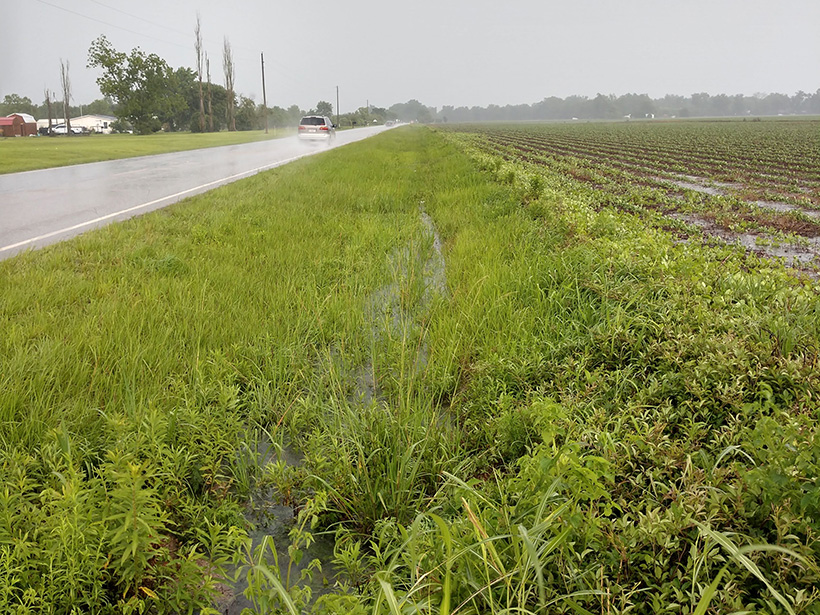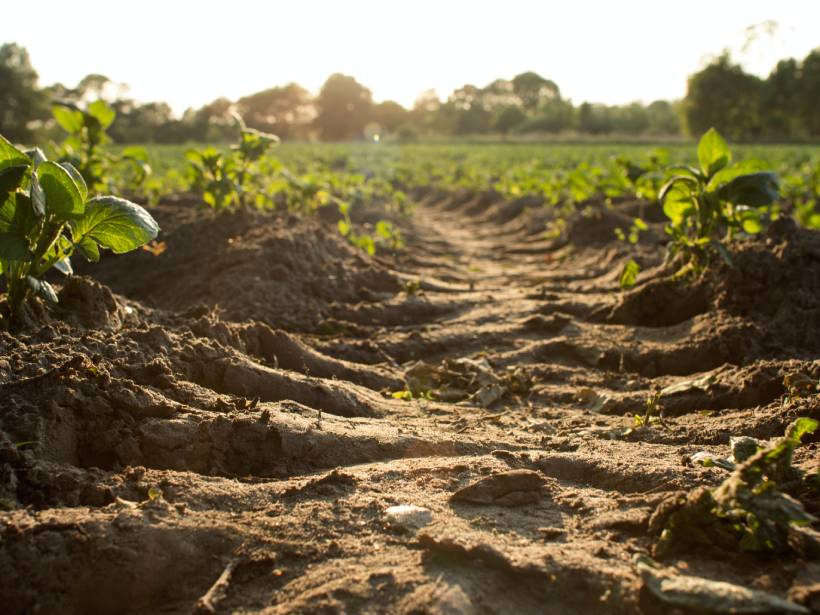A new study looks into how air movement in the atmospheric boundary layer affects ozone removal by deciduous forests, which are a significant ozone sink.
Journal of Geophysical Research: Biogeosciences
Roadside Ditches Are Effective at Nitrogen Removal
Researchers compared the nitrogen removal potential by microbes in ditches that drained forested, urban, and agricultural lands and discovered that roadside ditches are important areas for removing nutrients.
Una mirada global al carbono orgánico superficial del suelo
El carbono orgánico del suelo es un elemento importante para la salud de los ecosistemas y del clima. En la actualidad la teledetección permite a los científicos observar globalmente esta importante pieza del rompecabezas del carbono.
Las brechas en las redes ambientales en América Latina
A pesar de su notable influencia en los ciclos globales del carbono y el agua, América Latina representa una proporción relativamente pequeña de sitios FLUXNET, lo que limita la representatividad de la red en la región.
How Much Carbon Will Peatlands Lose as Permafrost Thaws?
How much carbon peatlands may lose—or accumulate—in the future varies from place to place, according to a process-based model.
A Deep Dive into Organic Carbon Distribution in Hadal Trenches
Researchers use sediment cores to study the amount and origin of sediment organic carbon in one of the least studied regions of the planet: hadal trenches.
A Well-Balanced Ecosystem Uses Water Most Efficiently
Excess of a single nutrient, such as nitrogen, may boost plant productivity, but the imbalance leads to less efficient water use as plants scramble for the nutrients they lack.
Tropical Lakes May Emit More Methane
Fresh waters are one of the primary sources of natural methane emissions, but methane dynamics in tropical lakes are not as well understood as those in more temperate regions.
拉丁美洲环境观测网络的缺口
尽管拉丁美洲对全球碳和水循环具有显著影响,但其在FLUXNET站点中所占的比例相对较小,这限制了该观测网络在该地区的代表性。
Dueling Eyes on Ecosystem Metabolism Tell Diverging Stories
Multiple state-of-the-art independent observing systems consistently disagree on magnitudes and patterns of ecosystem metabolism of carbon dioxide, but together can shed new insight.









